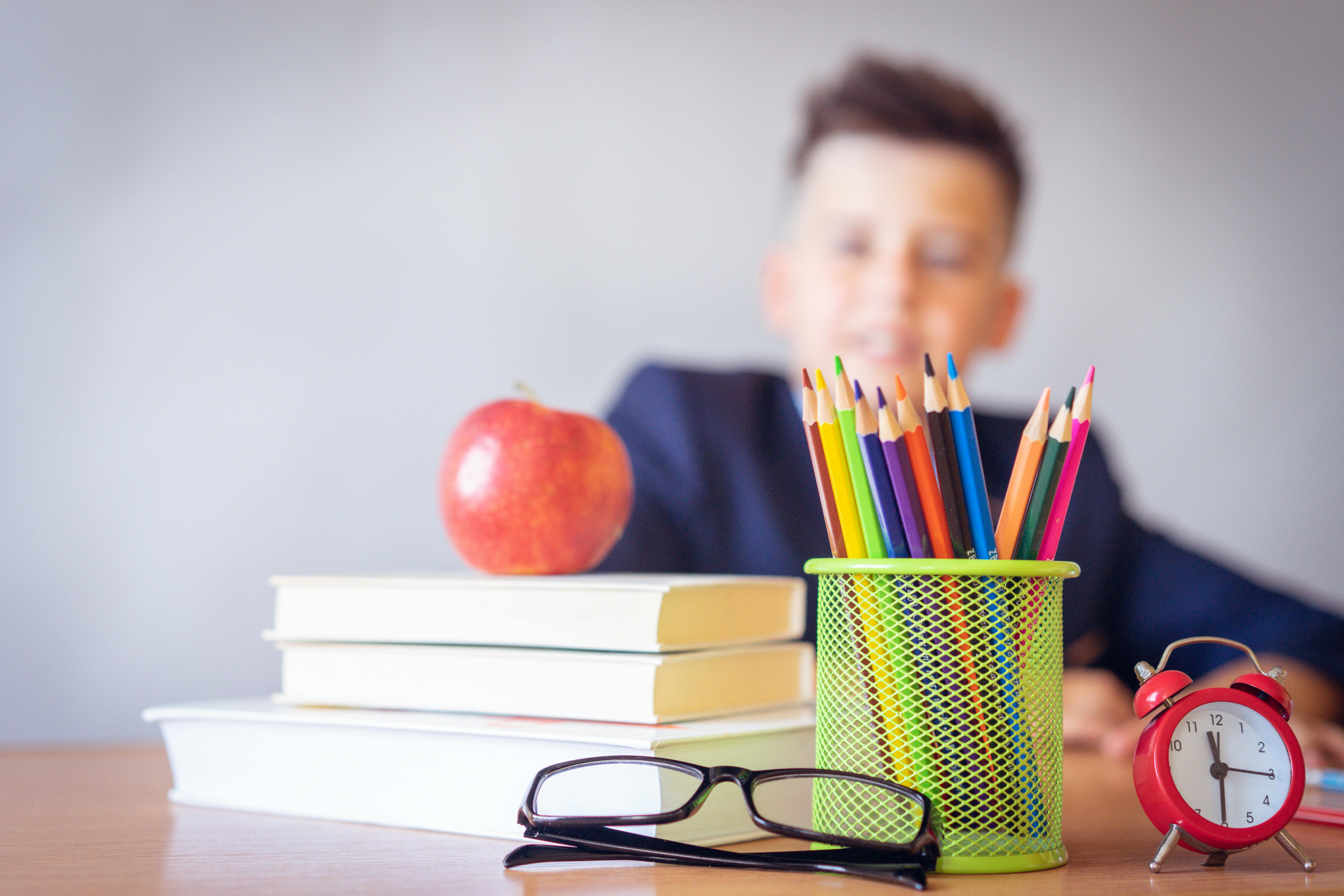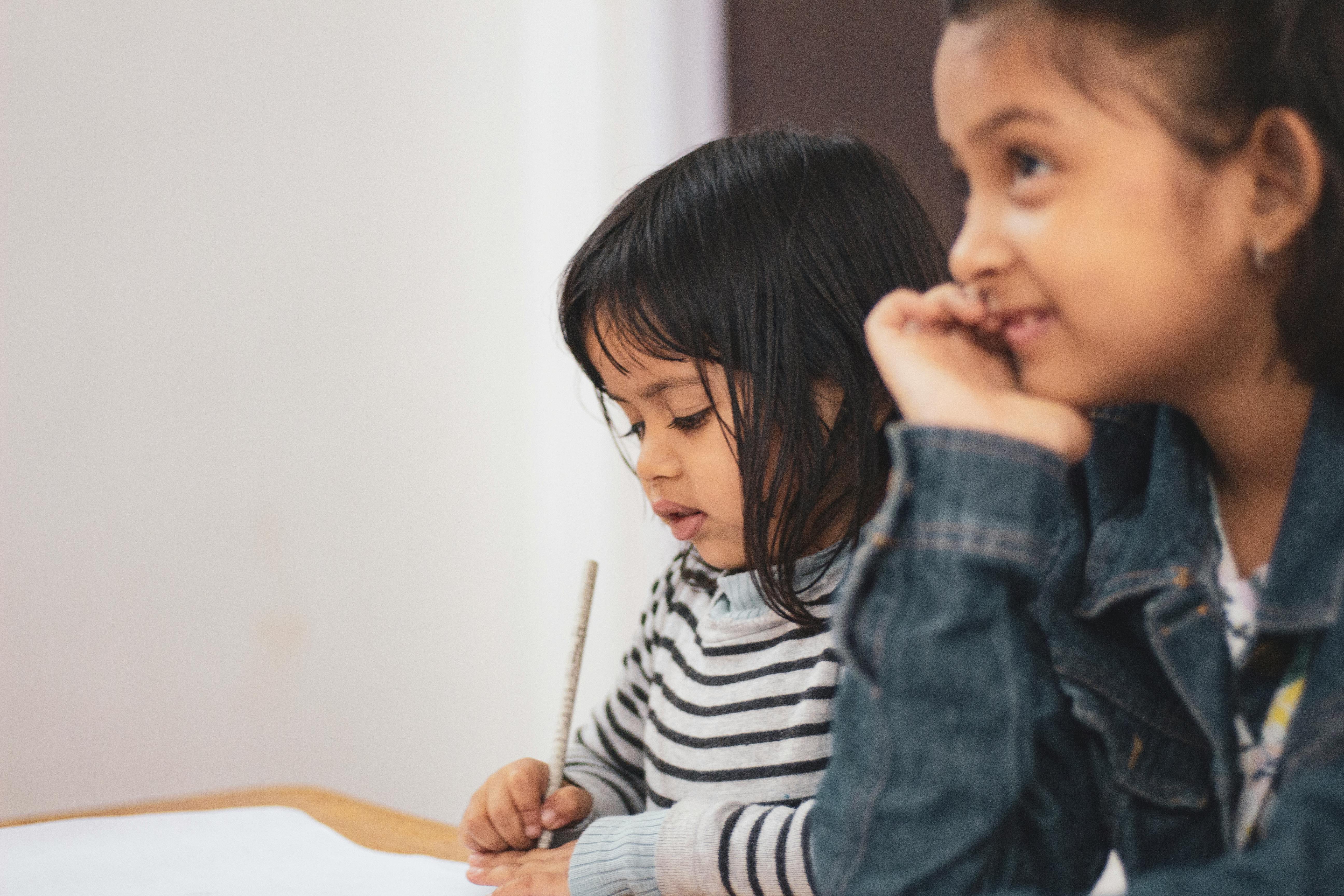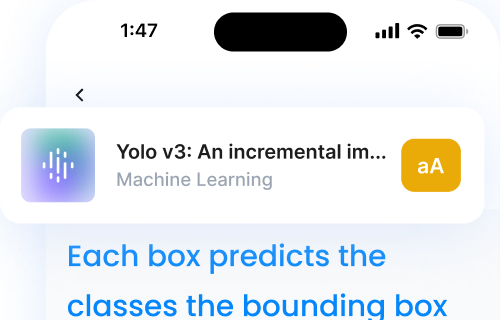An Individualized Education Plan (IEP) is a tailored educational roadmap designed to meet the unique needs of students with learning difficulties. The primary goal of an IEP is to ensure that every student receives personalized support and resources necessary for their academic success. This plan is a collaborative effort involving teachers, parents, and specialists who work together to create an optimal learning environment for the student.
Understanding the IEP Process

Referral and Evaluation
The IEP process starts with a referral for evaluation, usually initiated by a teacher or parent noticing a student’s academic or behavioral struggles. A comprehensive assessment is conducted, involving tests and observations, to determine if the student has a disability and to identify their strengths and challenges. The results guide the creation of a tailored education plan, ensuring the student receives appropriate support. Parents and professionals collaborate to provide a clear understanding of the student’s needs.
If the evaluation confirms the student’s eligibility for special education, the data is used to develop a personalized support plan. This process involves analyzing not only the student’s difficulties but also their abilities, ensuring that the plan is well-rounded and accurate. Parents contribute insights throughout, ensuring the evaluation focuses on helping the student in both academic and social-emotional areas.
Development of the IEP
After eligibility is confirmed, an IEP team is formed, including the student’s parents, teachers, and specialists. Together, they create an individualized education plan outlining specific goals, accommodations, and services tailored to the student’s needs. The plan includes measurable objectives and the tools needed to help the student make progress in the classroom. It also defines how the student’s development will be monitored.
The plan is designed to help the student access the curriculum effectively. It takes into account both academic and emotional needs, ensuring the support is comprehensive. Parental input plays a key role in aligning the goals with the student’s unique circumstances, making the IEP a collaborative effort aimed at student success.
Implementation

Once developed, the IEP is implemented in the classroom. Teachers, support staff, and service providers work according to the plan, adapting instructional methods, materials, and classroom environments to meet the student’s needs. Staff members are responsible for delivering the accommodations and services outlined in the IEP.
As the IEP is carried out, progress is monitored, and adjustments are made to keep the student on track. Teachers regularly observe and tweak strategies as needed. Parents stay informed through ongoing communication with the school, ensuring that both home and school environments support the student’s learning journey.
Review and Revision
The IEP is reviewed at least annually to assess the student’s progress and make necessary adjustments. During this review, the IEP team examines what is working, identifies new challenges, and sets new goals if needed. Data from teachers and specialists helps guide these revisions, ensuring the plan evolves with the student’s needs.
If the student is not progressing as expected, the IEP is revised to include additional supports or services. Likewise, if progress is strong, the team may set higher goals. This flexibility ensures the IEP remains a dynamic tool, continuously adapted to provide the best support for the student’s success.
Key Components of an IEP
An IEP includes several crucial elements that guide the student’s educational journey:
- Present Level of Performance (PLOP): This section describes the student’s current academic and functional performance, providing a baseline for measuring progress.
- Measurable Goals: Specific, measurable, attainable, relevant, and time-bound (SMART) goals are set for the student. These goals focus on both academic and non-academic areas.
- Special Education Services: Details about the special education services and supports the student will receive, such as speech therapy, occupational therapy, or one-on-one tutoring.
- Accommodations and Modifications: Adjustments to the learning environment or teaching methods to help the student access the curriculum. This might include extended time on tests, preferential seating, or the use of assistive technology.
- Participation in Mainstream Classes: The extent to which the student will participate in regular education classes and activities, alongside peers without disabilities.
The Role of Teachers in Developing IEPs

Teachers play a pivotal role in the IEP process. They provide valuable insights into the student’s daily performance and behavior, helping to shape effective goals and strategies. Additionally, teachers are responsible for implementing the IEP in the classroom, ensuring that the accommodations and modifications are in place.
To effectively develop and implement IEPs, teachers can follow these steps:
1. Collaborate with Specialists: Work closely with special education professionals, school psychologists, and therapists to understand the student’s needs and design appropriate interventions. 2. Differentiate Instruction: Use differentiated instruction techniques to cater to the diverse learning styles and needs of students. This includes providing various forms of content, processes, and products to ensure all students can access the curriculum. 3. Monitor Progress: Regularly track the student’s progress towards the IEP goals. Use formative assessments and observations to gather data and make necessary adjustments to the plan. 4. Communicate with Parents: Maintain open and consistent communication with the student’s parents. Share updates on the student’s progress and collaborate on strategies to support learning at home.
How AI Can Enhance IEP Implementation
Artificial Intelligence (AI) is increasingly becoming a valuable tool in the classroom, offering innovative ways to support students with learning difficulties. Here are some ways AI can enhance IEP implementation:
- Personalized Learning: AI-driven educational platforms can adapt to the individual learning pace and style of each student, providing customized lessons and activities that align with their IEP goals.
- Assistive Technologies: AI-powered assistive technologies, such as speech-to-text and text-to-speech tools, can help students with dyslexia and other learning disabilities to access and engage with the curriculum more effectively.
- Data Analysis: AI can analyze student performance data to identify patterns and trends, helping teachers to make informed decisions about instructional strategies and interventions.
- Interactive Learning Tools: AI-based interactive tools and apps can make learning more engaging and accessible for students with learning difficulties, providing immediate feedback and support.
The Importance of Listening for Students with Dyslexia
Listening plays a critical role in supporting students with dyslexia. Here are some benefits of incorporating listening activities into their learning plan:
- Improved Comprehension: Listening to audiobooks and verbal instructions can help students with dyslexia better understand and retain information, as they often struggle with reading text.
- Enhanced Vocabulary: Exposure to spoken language can expand the vocabulary of students with dyslexia, helping them to improve their reading and writing skills over time.
- Reduced Anxiety: Listening to content can reduce the anxiety that many students with dyslexia experience when faced with reading tasks, creating a more positive learning experience.
In summary, an Individualized Education Plan is a powerful tool that ensures students with learning difficulties receive the support and resources they need to succeed. By understanding the IEP process and leveraging innovative tools like AI, teachers can create a dynamic and inclusive learning environment. Additionally, incorporating listening activities can significantly benefit students with dyslexia, enhancing their comprehension, vocabulary, and overall academic performance.









